Costume Quest: The next great console RPG is a download?
We've gone hands-on with Tim Schafer's new one. Here's why we already love it
So begins Costume Quest, the latest slice of wonderful comedic madness from Double Fine, the Tim Schafer-headed studio responsible for Psychonauts and Brutal Legend. It’s a western-developed JRPG set on Hallowe’en night, and it’s coming this Autumn via XBLA and PSN. That’s how it begins, but how does it continue? Read on and I’ll tell you, because yesterday I played through quite a chunk of it.
The atmosphere is fantastic
From the first second of the game, this is unmistakeably a Double Fine production. The moment you hear the first notes of the playfully creepy musical score (composed by the same man who did the ditty duties on Psychonauts and Brutal Legend), you’ll be ripped from the room you’re sitting in and dumped happily in that merry realm known as Schafer Country.
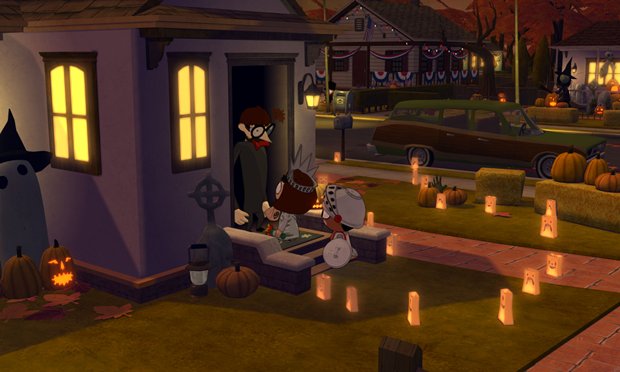
Complimented by the same wide-eyed character design and subtly expressive animation that made the cast of Psychonauts so immediately endearing, Costume Quest’s look and feel are a fantastic blend of gleefully colourful childish wonderment and quietly sophisticated design. It might look like a cartoon, but the subtlest glance or change of expression during a dialogue exchange adds a stack of comedy and attitude. Which should come as no surprise, given that design lead Tasha Harris put in nine years at Pixar before joining Double Fine.
And as for the all-important Hallowe’en-ness of it all, Costume Quest is dripping with the stuff. The perfectly-pitched cartoon-spooky provided by the visual design, plot and sounds is a fantastic evocation of those dark October nights of safe scares you loved as a kid. Only this time, the monsters are real.
It%26rsquo;s cute, but it%26rsquo;ll kick your arse
But don’t let the looks and kid-ccentric plot fool you. Costume Quest takes no prisoners when the big hand strikes fight o’ clock. This is proper JRPG turn-based combat holding fathoms of tactical depth, and you’ll need to quickly learn to make full use of it if you want to avoid being wiped more often than a car parked near a seagull colony.
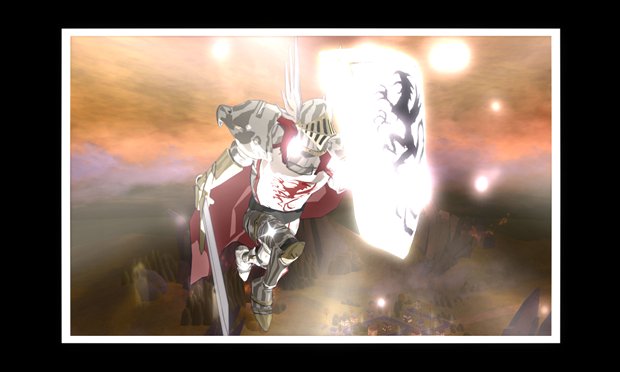
When a fight kicks off (either as a result of being ambushed by a monster hiding in one of the houses you’ll be trick or treating, or by walking into one patrolling the overworld), the action switches to a separate battle screen, by way of a henshin-tastic cutscene of your characters’ home-made Hallowe’en costumes transforming into ‘real’, full-scale, battle-ready versions. Once your cardboard robot suit has become a Gundam and your plastic sword has gone Excalibur, you’re ready to rock.
If you’ve played Paper Mario and the Thousand Year Door, you’ll be right at home with the combat system. In the absence of battle menus, all commands are inputted via context-sensitive button prompts. When you’re attacking, you can select your normal attack or a special ability (if you have it charged up), and use addition QTE commands to boost up your smackdown for extra damage if you can pull them off in time. When defending, you’ll get a brief window to hit the right buttons in order to boost your blocking power and take less damage.
Sign up to the GamesRadar+ Newsletter
Weekly digests, tales from the communities you love, and more
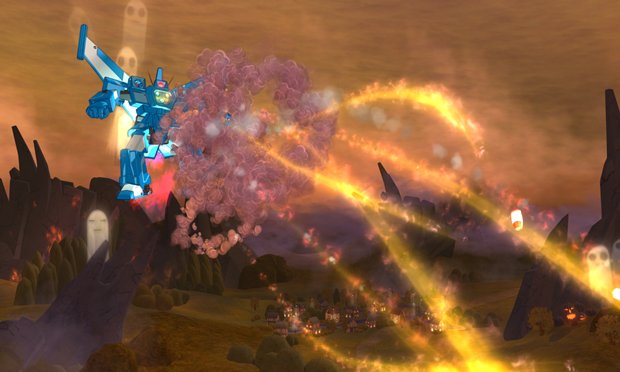
The depth comes by way of the different costumes’ abilities. Depending on which outfits your party members are wearing when a rumble kicks off (costumes are added to your roster by finding patterns in the overworld and then hunting down the various junk required to make them), their special abilities will be radically different. Enemy AI is highly aggressive right from the off, making uncompromising use of heavy attacks and party buffs every chance it gets, so you’ll need a well-balanced set of costume classes set up at all times if you’re going to stand any kind of a chance.
It%26rsquo;s deceptively deep
The costume abilities are a seriously well-balanced bunch, with a ton of tactical potential. And I say this having only used four of them so far. A little investigation around the inventory menu revealed slots for 11 of them, so we’re looking at some pretty serious depth here.
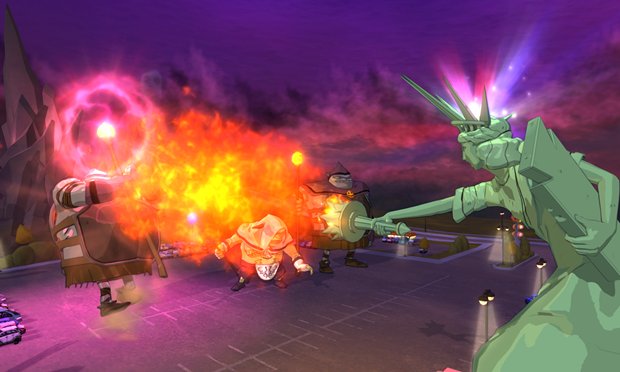
The robot, for example, has powerful, boostable melee attacks and a massive screen-filling super attack, but nothing in the way of special defensive abilities. The knight does fairly decent damage, but can cast a shield spell upon one party member at a time, making the damage they take negligible for its duration. The Statue of Liberty can pull off a an insane, eagle-and-Abe-Lincoln-themed (sriously) party-wide heal and buff effect once her (or his) special ability is charged.
So, you put the robot on heavy damage duties, set up the knight as secondary attack dog, and have him permanently shield the State of Liberty, who heals the party whenever s/he gets a chance. With that tactic cracked, I dominated (for a while). With just one component missing, it went very wrong, very fast.
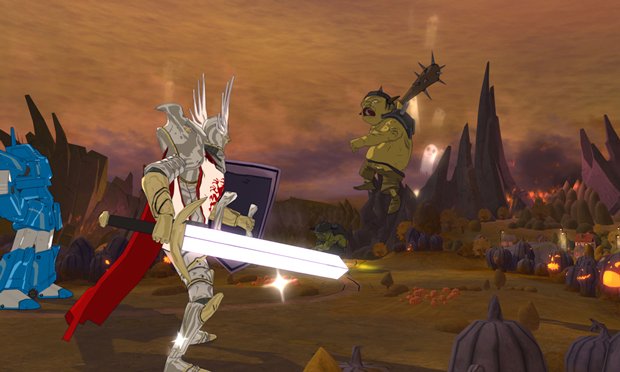
And then there are Battle Stamps, stickers which you can pick up in exchange for candy (the in-game currency), andwhich give your characters passive buffs during combat. They’re basically the same as Paper Mario’s badge system, except that you can only equip one per character at a time (at least you could during my progress).
Higher HP, automatic counter-attacks, better defense; JRPG veterans will know what to expect from these little fellas. Given that I unlocked a ton of them just a few hours into the game – and had inventory space for loads more – the interplay between Battle Stamps and costume classes should give Costume Quest’s tactical customisation a borderline intimidating scale.



